Scaphoid Bone Fracture
A scaphoid (navicular) fracture is a crack in one of the small bones (carpal bones) of the wrist. This kind of fracture happens most frequently later a fall onto an outstretched hand.
sign and symptoms of a scaphoid fracture generally involved swelling and wrist pain just below the base of the thumb. Pinching, grasping, pushing, and pulling frequently make the pain worse.
Treatment for a scaphoid fracture can vary from casting to surgery. Optimal treatment can rely on the fracture’s condition(how bad the break is) and place in the bone. Because of the use parts of the scaphoid have inadequate blood circulation— and a fracture can also disrupt (gradual or block) the circulation of blood to the bone — complications with the healing process are more typical in scaphoid fractures than in fractures of other bones.
Table of Contents
Description
A scaphoid fracture is commonly represented by its place within the bone. Most generally, the scaphoid cracks in its mid-portion named the “waist.” Fractures can also happen at both the proximal and distal ends of the bone.
Clasification of the Scaphoid fractures depends on how distant the pieces of the bone have moved out from their regular position:
Non-displaced fracture. In this kind of fracture, the bone pieces line up perfectly.
Displaced fracture. In this kind of fracture, the bone pieces have been pushed out of their normal position. There can be fissures between the pieces of the bone or fragments may over lie each other.
Anatomy
The wrist is formed of the two bones of the forearm — the bones are the radius and the other named as ulna — and also eight little carpal bones. The carpal bones are arranged in 2 rows at the base of the hand. There are four bones per row.
The scaphoid bone is one of the carpal bones on the radial side of the wrist which is slightly above the bone of the radius. The bone is crucial for both mobility and stability of the joint of the wrist.
The word “scaphoid” emerges from the Greek terminology for “boat.” The scaphoid bone corresponds to a boat with its somewhat long and curved form. The scaphoid is precisely vital to the role of the wrist due to it joins the carpal of the proximal bones (the bones near the radius and ulna) to the carpal bones of the distal row (the bones near the figures). The smooth and unconfined(free) movement of the scaphoid is essential to permit optimal movement of the wrist.
The scaphoid bone also be identified when the thumb is held in a position of “hitch-hiking” or “thumbs-up”. It is set at the base of the hollow made by the thumb tendons on the rear of the wrist. Frequently named the “anatomic snuffbox,” this region is generally where you feel the most tenderness or pain when a scaphoid fracture happens.
As said above, the scaphoid has inadequate blood circulation.
Throughout the body, blood runs from the heart to the extremities (arms and legs) — from near to the body (proximal) to the digits and toes (distal). This direction of flow is seen in most bones in the arms and legs, with the blood running from the part of the bone that is nearest to the body to the portion of the bone that is closest to the digits or toes.
Still, the blood circulation to the scaphoid circulates “rearwards”: Blood enters the portion of the scaphoid closest to the thumb (distal) and runs back toward the part of the scaphoid closest to the body (proximal). For this cause, fractures of the distal scaphoid heal much faster than fractures of the proximal scaphoid. There is a danger that fractures of the proximal scaphoid will disrupt blood circulation, resulting in part of the scaphoid to necrose or die. This phenomenon, named “avascular necrosis,” can result in long-term problems in the wrist.
Cause of Scaphoid Bone Fracture
A scaphoid fracture generally happens history of fall onto an outstretched hand, with your full body weight transmitted on your palm. The end of the larger forearm bone (the radius) can also damage in this kind of fall, relying on the role of the hand on landing.
The damage can also occur during sports activities or motor vehicle collisions.
Fractures of the scaphoid happen in individuals of all ages, including children. There are no clear risk factors or diseases that make you more likely to partake in a scaphoid fracture. few investigations have demonstrated that using wrist guards during high-energy activities like inline skating, skateboarding, and snowboarding can help reduce your chance of breaking a bone near the wrist.
Symptoms of Scaphoid Bone Fracture
Scaphoid fractures commonly induce swelling and pain at or around the anatomic snuffbox and on the thumb side of the wrist. The pain may be painful when you move your thumb or wrist, or when you try to pinch, grasp, push, or pull something.
Unless your wrist is deformed, it might not be clear to you that your scaphoid bone is broken. With some scaphoid fractures, the pain is not painful and may be misunderstood as a wrist sprain.
Pain in your wrist region that does not go out within a day of injury can be a sign of a fracture — so it is necessary to visit a physician if your pain does not go out. Immediate treatment of a scaphoid fracture may assist to prevent possible complications.
Tests
Radiological findings deliver pictures of dense structures, for example, bone. Your physician will probably order an X-ray to assist decide whether you have a scaphoid fracture and whether the broken fragments of bone are displaced. Radiological findings will also allow your physician to determine if you have any other fractures or dislocations.
In a few circumstances, a scaphoid fracture does not display on an X-ray right away. If the physician questions whether you have a fracture but it is not visible on the X-ray, they may recommend that you wear a wrist splint or cast for two to three weeks and then return for a follow-up X-ray. Often, scaphoid fractures become visible on X-ray only after some time. During this waiting period, you must wear your splint or cast and prevent movements that might induce further damage.
Magnetic resonance imaging (MRI) scan. Your physician may order an MRI to know more about the bones and soft tissues in your wrist. An MRI can occasionally show a fracture of the scaphoid before it can be noticed on an X-ray.
Computerized tomography (CT) scan. A CT scan can assist demonstrate a fracture of the scaphoid and can also reveal whether the bones are displaced. Your physician may use data from the CT scan to assist choose your therapy program.
Treatment
The treatment your physician suggests will count on various aspects, possessing but not limited to:
- The surroundings of the break in the bone
- Whether the bone segments are displaced
- How long ago your injury occurred
- Your age and overall health
Nonsurgical Treatment
Scaphoid Fracture around the thumb. Non-displaced fractures that are nearest to the thumb (distal pole) are mostly healed with proper safety. This portion of the scaphoid bone has adequate blood circulation, which is vital for healing.
For this sort of fracture, your physician may put your forearm and hand in a cast or a splint. The cast or splint will normally be below the elbow and will retain your thumb. Recovery time differs from patient to patient. Your physician will observe your recovery with X-rays or other imaging studies.
For a few fractures, a cast that surrounds the forearm, wrist, and thumb (known as a thumb spica cast) may be utilized to assist hold the bone fragments in position while they recover.
Fracture around the forearm. If the scaphoid is injured (but non-displaced) in the midpoint of the bone (waist) or nearest to the forearm (proximal pole), recovery can be more difficult. These regions where scaphoids do not have very adequate blood circulation, as described earlier.
If your physician treats this sort of fracture with a cast, the cast may contain the thumb and may extend above the elbow. Generally, you will have to remain in the cast or splint longer with this sort of fracture compared to a more distal fracture around the thumb.
Bone stimulator. In a few cases, your physician may recommend the help of a bone stimulator to aid in fracture recovery. This little device delivers low-intensity ultrasonic or pulsed electromagnetic waves that promote recovery.
Surgical Treatment
If your scaphoid is damaged at the core inside or proximal pole or if the fracture is displaced, your physician can advise surgery. The objective of surgery is to re-position and properly stabilize the fracture, resulting in a better chance of recovery.
Reduction
During the surgery, your physician will manipulate the bone back into its correct position. In a few circumstances, this is done using a modified (smaller) incision and special guided instruments. In other circumstances, it is achieved through an open incision with direct manipulation of the fracture. For a few fracture cases, your physician may use a small camera known as an arthroscope to assist in the reduction.
Internal fixation
During this portion of the approach, metal implants — involving screws, plates, or K-wires — are used to ensure the fractured ends concurrently and maintain the scaphoid in position until the bone is completely cured. The site and the length of the surgical incision count on which part of the scaphoid is damaged.
Occasionally, the implants can be positioned in bone segments via a tiny incision. In other circumstances, a more extensive cut is needed to confirm that the displaced fragment of the scaphoid is lined up correctly before placing it. The incision can be made on either the volar side of your hand or the dorsal of your wrist.
Bone graft
In some circumstances, a bone graft might be utilized with or without internal fixation. A bone graft is a new bone that is positioned about the damaged bone. It can stimulate bone production and recovery. The bone graft might be taken from your portion of your forearm, elbow, hip, or other regions. Some companies also make grafts that can be positioned in the fracture, so the surgeon does not have to take bone from your body.
FAQ
Because of the sensitive character of the bone affected in this certain fracture, it cannot be left to recover on its own, and it is unwise to take this approach. It is very essential to visit a physician as early as possible if you sense you may be suffering from a scaphoid fracture.
Background Scaphoid fractures are fairly unusual in children, particularly below the age of 10 because of the ossification of the scaphoid bone, which begins about 4 to 6 years of age and continues until 13 to 15 years of age, when scaphoid fractures are peak in pediatrics
Yes. If you obtain appropriate therapy and restrict movement with your hand, a scaphoid fracture may recover without surgery. Your physician will probably suggest casting if it appears that the bones may recover on their own. The cast immobilizes your wrist, so the parts of the bone fuse back together.
Scaphoid fractures typically induce pain and swelling in the anatomic snuffbox and on the thumb aspect of the wrist. The pain may be painful when you move your thumb or wrist, or when you try to pinch or grasp something. Unless your wrist is deformed, it might not be clear that your scaphoid bone is broken.
Critical referrals are very infrequently needed for scaphoid fractures, except for open injuries or dislocations. Most scaphoid fractures can be referred for fracture clinic consideration ideally in one-two week.

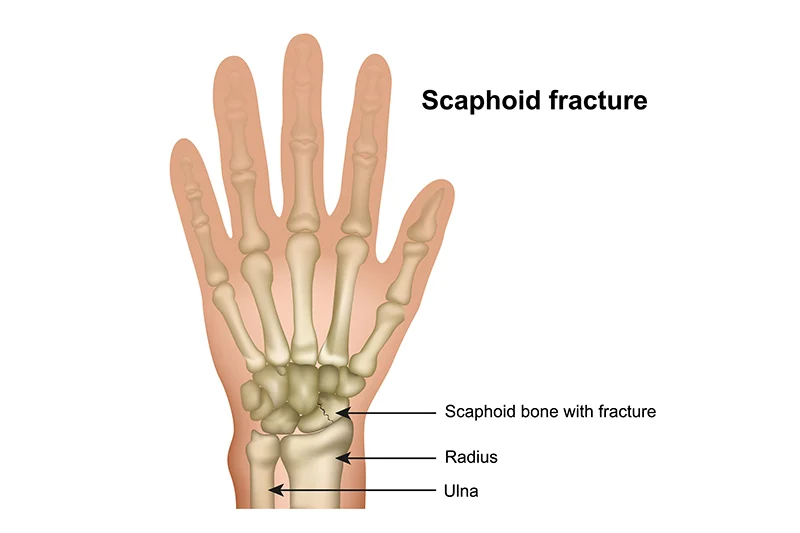

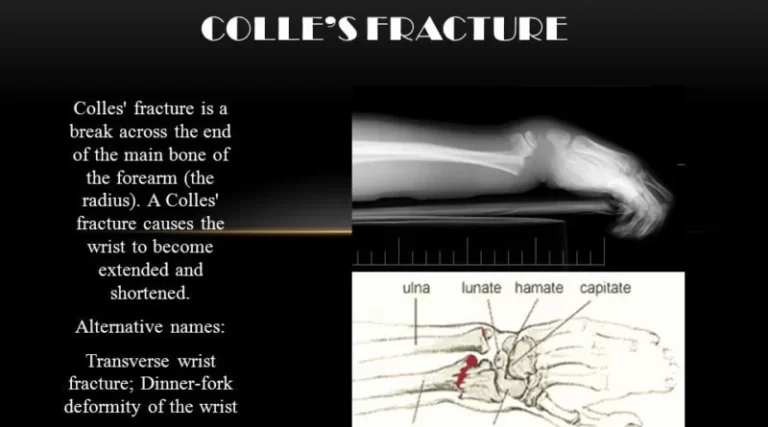
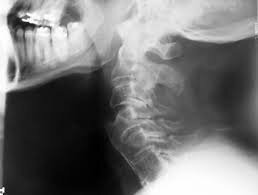
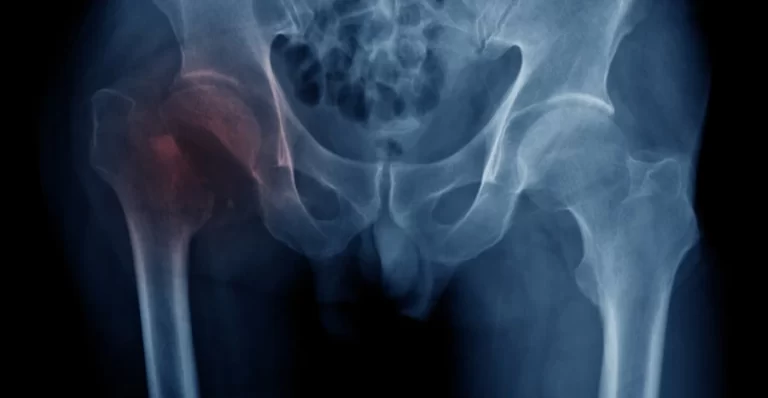
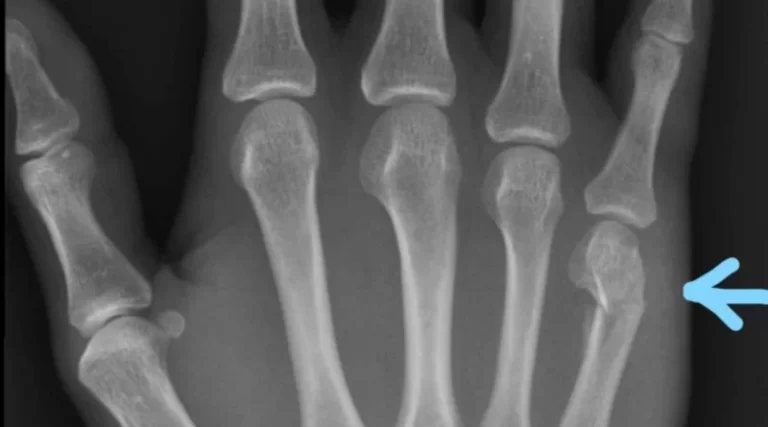

2 Comments